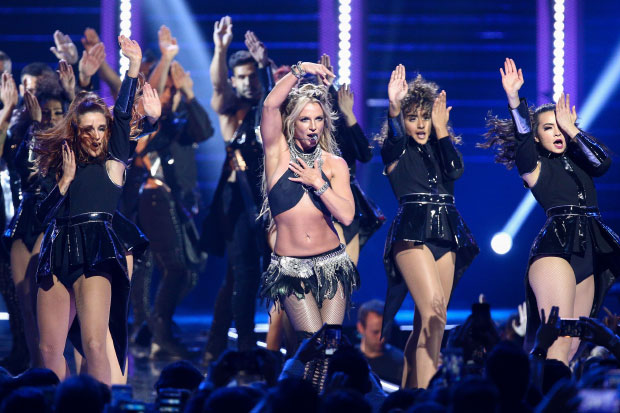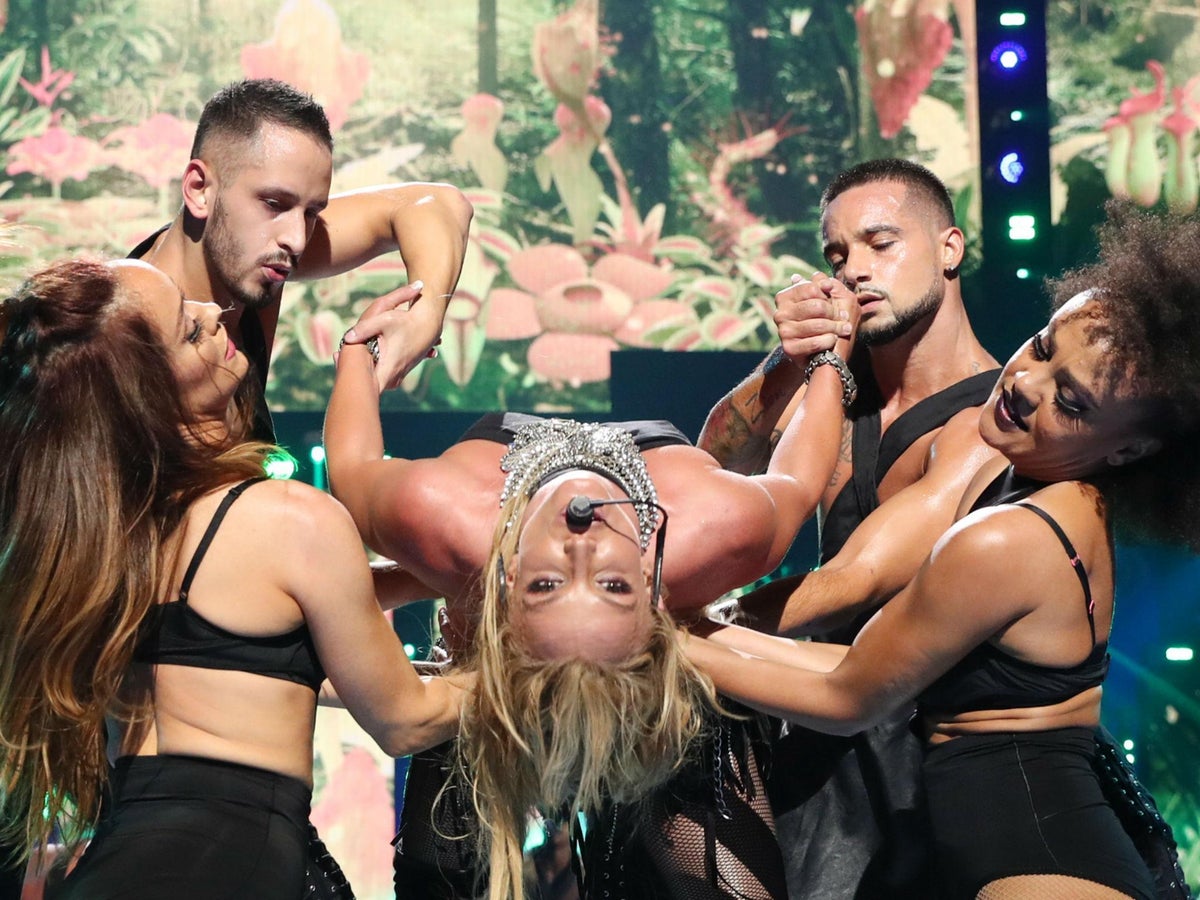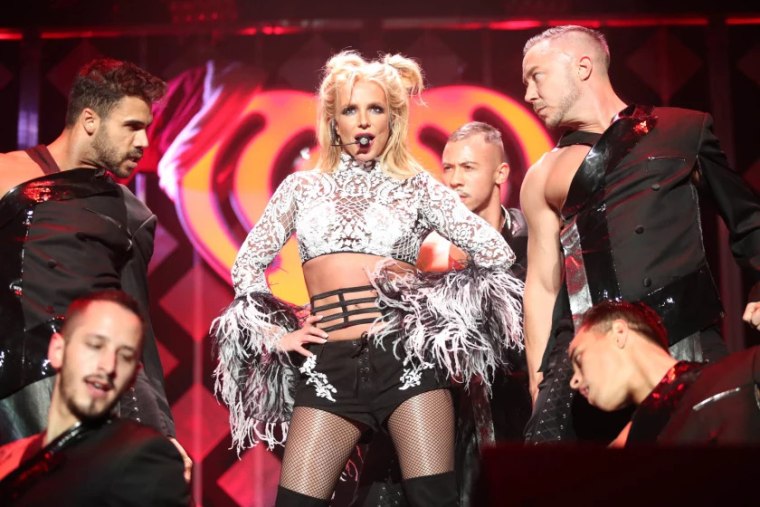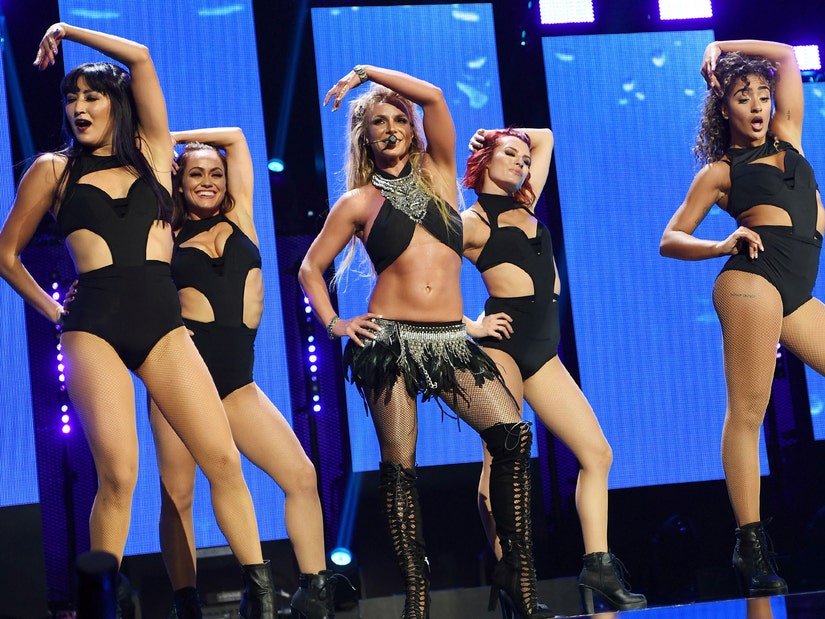Escapism, a song about having a quick fling after a breakup, features the chipmunk-like singing of British vocalist Raye. Despite the fact that Raye has a low, brassy singing voice, I refuse to listen to her official recording. This version is sped up by a factor of 1.5, making Raye’s vocals sound like she’s on helium and spewing out the words like an auctioneer on Adderall.
Who wants to hear a music that sounds like three cups of coffee mixed together? Probably more than you’d imagine.
Over 975,000 people have liked the Spotify playlist Sped Up Songs, which included the Escapism remix. It’s more than four hours long and include reworked versions of songs by artists including Ellie Goulding and Lana Del Rey, as well as Steve Lacey’s latest TikTok anthem Bad Habits and Ellie Goulding’s Lights.

Music videos that have been sped up by YouTube viewers sometimes go on for hours. There is one from last year that has over 4.9 million views and has sped-up versions of popular songs from the 2000s that millennials enjoyed, such as “Say It Right” by Nelly Furtado and “On the Floor” by Jennifer Lopez.
TikTok users have seen 9.6 billion videos with the hashtag “spedupsounds,” where viewers dance to songs like “I Wish” by Skee-Lo and “Them Changes” by Thundercat at dizzyingly fast tempos. Wednesday Addams, a smash hit on Netflix, sparked a movement in which viewers imitated Jenny Ortega’s dance moves. Their dance was choreographed to the frantic, sped-up rendition of Bloody Mary by Lady Gaga.

Even though the song was released in 2011, its popularity skyrocketed in 2022 thanks to the TikTok mania. Putting a new spin on a song’s original tempo can give it new vitality and attract new listeners to a tune that might otherwise be forgotten. Thus, as stated by Billboard, these remixes “push songs up the charts” and are especially profitable for archive content, or tracks that have been out for more than 18 months.
Nima Nasseri, global head of A&R strategy for Universal Music Group, told the trade newspaper that “people are discovering the primary version through the sped-up or slowed one.” To quote the article: “Instead of paying $50,000 on a remix from a big-name DJ, you’re spending relatively small amounts [on a sped-up rendition] and receiving far more in reach and return.”

Who, though, is responsible for these remixes, and who exactly is profiting from this fad? Observers of the industry are wary of any prospective collaborations between record labels and streaming services because of the uncertainty inherent in the sector. One playlist on Spotify, titled “sped up nightcore,” has a homemade feel, with lowercase titles and a stock photo of a lightning bolt as its avatar. Billboard, however, discovered that the playlist solely features mashups of Warner Music Group tracks. It has around 12 million monthly listeners and over 2 million daily listeners on average.

Billboard and the Guardian tried to get a word from WMG on working together with Spotify, but they received no response. (The Guardian’s email to Spotify was met with silence from a company spokesperson.)
Why then do we see this pattern emerging? Nightcore, the genre term for accelerated music, is where the style got its start. Thomas S. Nilsen and Steffen Ojala Soderholm, two Norwegian high school students, “pioneered” the sound in 2002 as part of a class project.
Neither of them ever made it big in the music business, but they recently reconnected in a profile for The New York Times in which they talked about collaborating on a tune they made in high school using the music programme eJay Dance 3. Those “squeaky voices and a heart attack-inducing BPM of 170” are supposedly from the song in question, as stated in the profile. They were only given a C on the assignment, but their album from the same genre went on to become a worldwide phenomenon in the early 2010s.

Nightcore was popularised on file-sharing websites like Limewire and YouTube before it made its way into the mainstream via the songs of hyperpop stars like Charlie XCX and the late Sophie. “Anyone can make nightcore and that’s what’s so enjoyable about it,” producer Songying Wang, better known on YouTube as AxionX, told the New York Times.
Esteve Corominas Rodriguez, a 15-year-old from the Spanish coastal town of Cambrils, uses TikTok to make hundreds of nightcore remixes every week.
While browsing YouTube, “I came across the [genre] and thought: why not do it on TikTok?” According to what Rodriguez shared with the Guardian. He has amassed 5 million listeners to his @Spxedupsongs account.

Rodriguez frequently releases rushed covers of popular songs, such as the Black Eyed Peas’ My Humps (240k views), Lady Gaga’s Judas (255,000 views), and Meghan Trainor’s No Tears Left to Cry (300k views) (with over 630,000 tuning in). Furthermore, a French digital promotion consulting organisation called Temps Plein Music has included some of his work on a sped-up Spotify playlist. Rodriguez chimed on, “I know the community we have loves to see it [on Spotify], too.”
Hip-hop is the birthplace of sped-up samples. Chipmunk soul was popular in the early 2000s, with artists like Kanye West and DipSet sampling sped-up versions of R&B classics to make the vocalists’ voices sound like those of the cartoon Alvin and the Chipmunks. Then, the “Jersey Club” sound emerged from Newark, with tempos ranging from 130 to 140 beats per minute. Peter Kerre, better known as the New York City DJ XPect, said, “This is not new at all: hip-hop people have been doing this for decades.”

In a twist of irony, former Galaxie 500 drummer and current Union of Musicians and Allied Workers organiser Damon Krukowski is most known for his band’s dreamy, downtempo music (UMAW). This group supports artists receiving equitable royalties from streaming platforms and has collaborated with Congresswoman Rashida Tlaib to draught a resolution in the House to this effect. He expressed concern over who actually manufactures (and profits from) Spotify’s sped-up tracks to the Guardian.
Krukowski argued for the freedom for musicians to create music at their own pace. We are, however, keeping a close eye on how these platforms regulate our communication with listeners. They’re stifling the methods in which we can make a living from our recordings.

It’s irritating that Spotify is embracing a genre that sounds so similar to another “new” music production trend that turned out to be old news. Some have compared “slowed + reverb” to “chopped & screwed,” a sound popularised by a DJ from Houston in the 1990s. The producers slow down the song to 60 or 70 quarter-note beats per minute and add in some skips, scratches, and stop-time moments, making it seem like a distant relative of nightcore. It has over 1.3 million views on TikTok and is followed by over 623,000 people on Spotify’s “slowed and reverbed” playlist.
What does it mean for future songs if speeding up and slowing down music is a quick way for labels to monetize old music? Krukowski characterised the fad as “a corporate trick.”

Everyone trying to create original music today is “losing out,” he claimed. As opposed to popular belief, record labels are not responsible for actively seeking out new talent. They need only make three or five variations of what they already have to ensure a successful resale.




GIPHY App Key not set. Please check settings